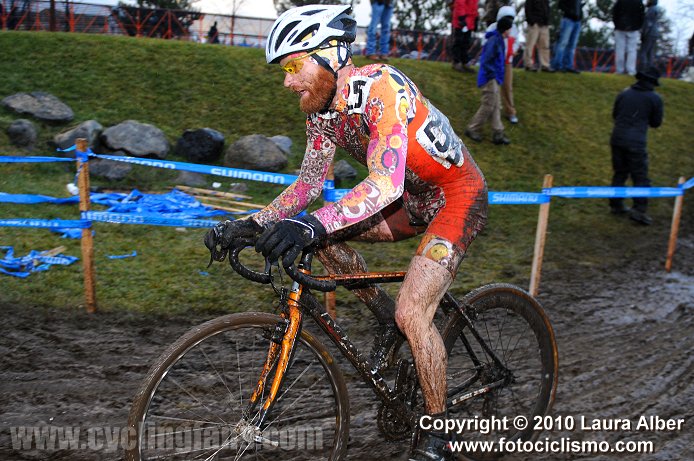
Originally Posted by
brickboy240

The Trek and Cannondales in the 900-1200 range are a really nice place to start. Go much cheaper and you are getting crappy components that wear out too soon, extra weight and corners cut on things like seat, tires and rims. A bike in this range will also be easier for you to power, control, brake and ride all day without it beating you to death.
Good luck and welcome to the addiction...
-brickboy240
The Trek Mamba is one hell of a deal, that's definitely my default recommendation for most folks.
As far as clipless, I run flats and ride slightly gnarlier stuff, so the skill to clear logs without clips can definitely be learned (albeit more easily with 29ers, more so with FS 29ers known for square bump compliance like mine).
Anything less that hydraulic brakes, solo air shocks (the RockShox Recon are about my quality floor - for lighter people the Raidon's are usable) is like buying an RRA rifle.
عندما تصبح الأسلحة محظورة, قد يملكون حظرون عندهم فقط
کله چی سلاح منع شوی دی، یوازي غلوونکۍ یی به درلود
Semper Fi
"Being able to do the basics, on demand, takes practice. " - Sinister




 Reply With Quote
Reply With Quote







Bookmarks